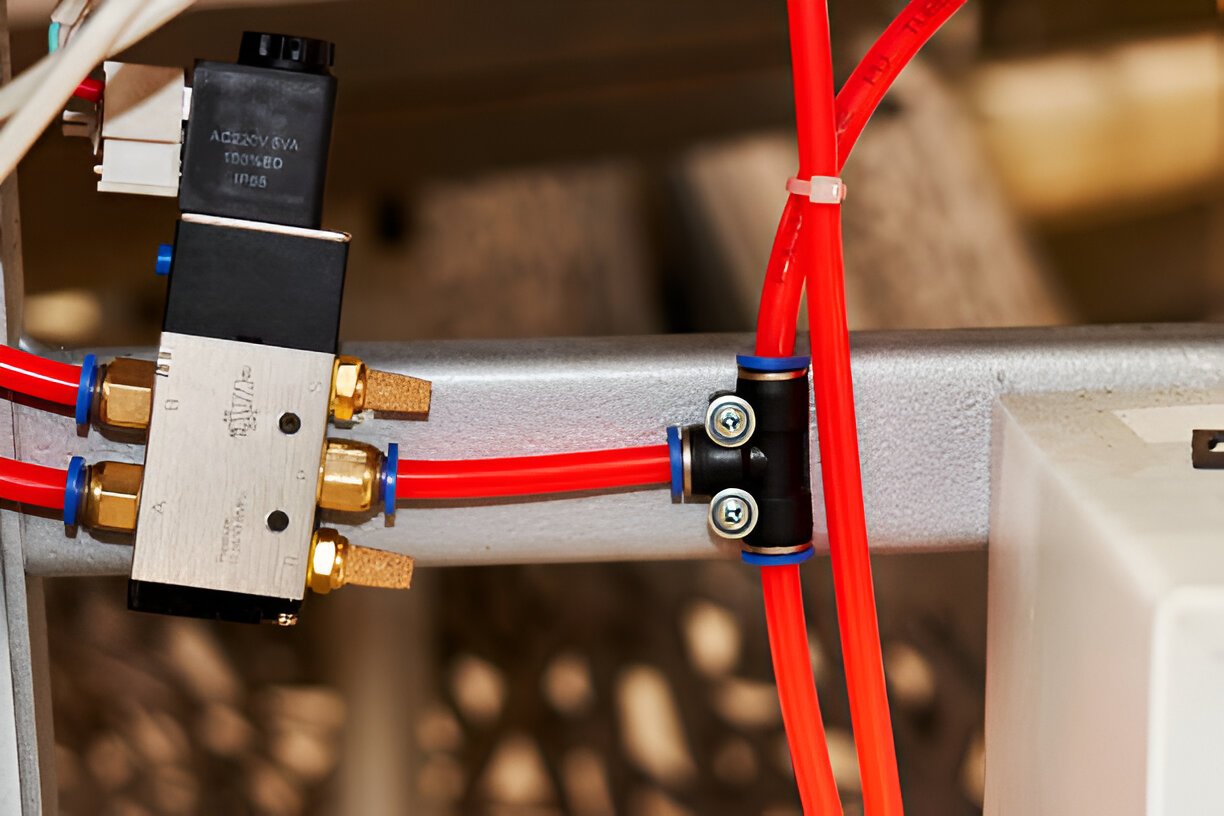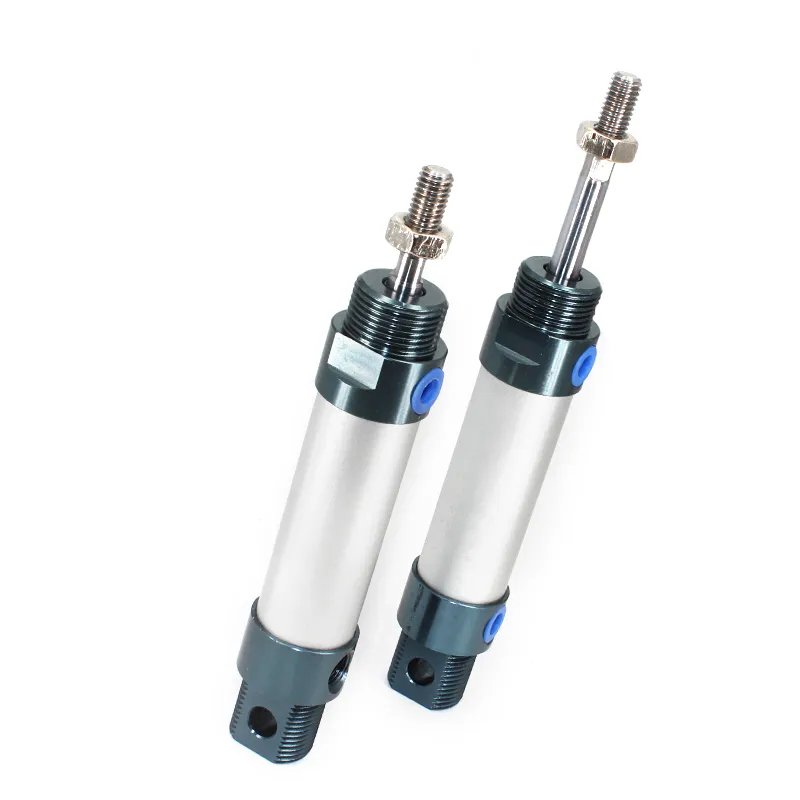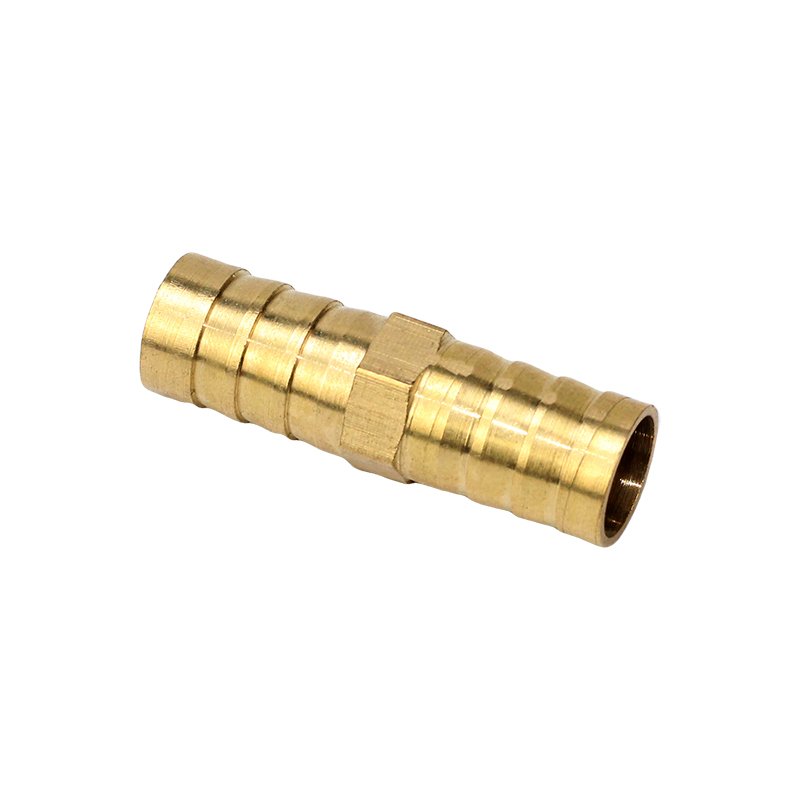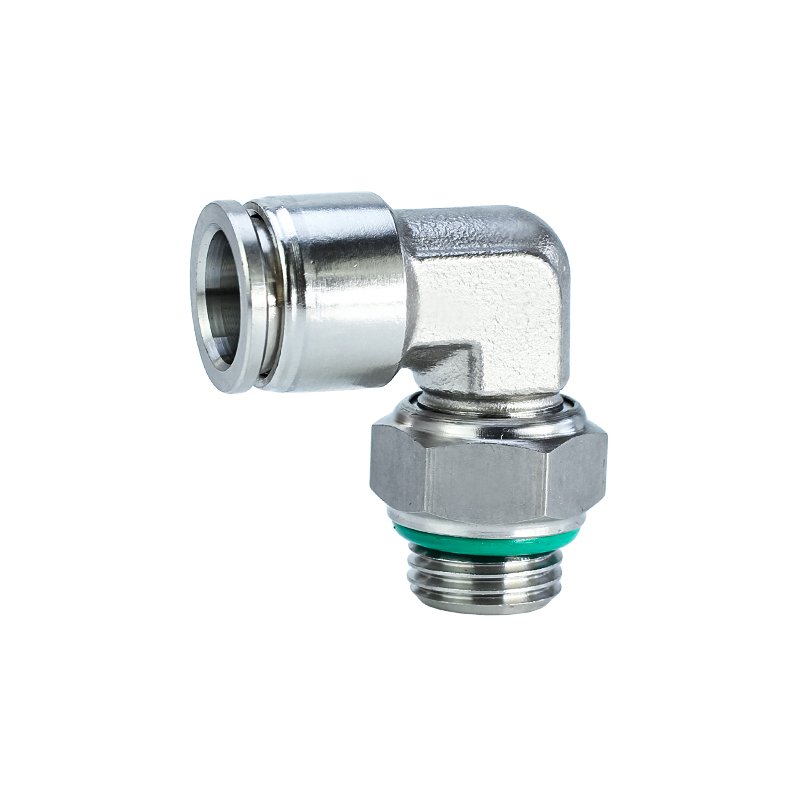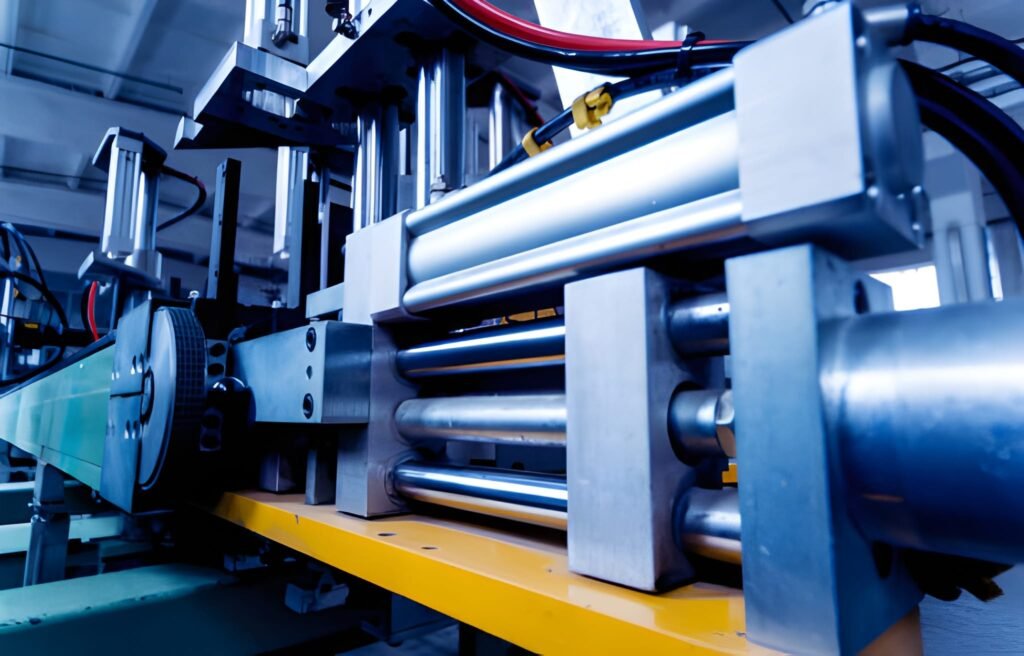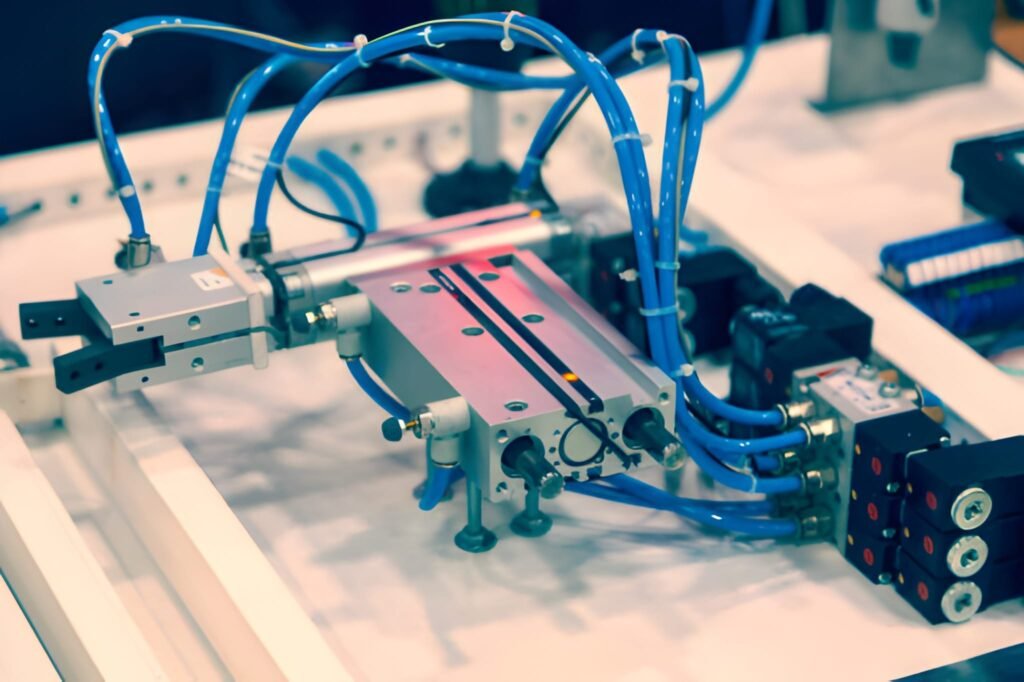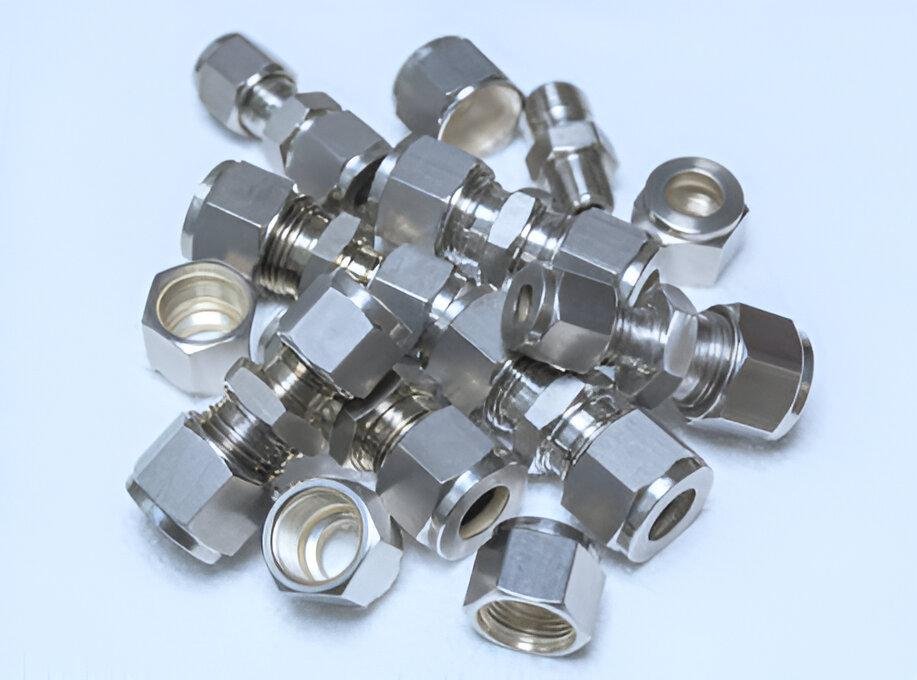Main components of copper barb connectors
Copper barb connectors are important for secure, leak-proof pipe connections in a variety of applications, with durability and reliability.
Copper barb connectors consist of several key components that ensure their reliability and durability when connecting pipes. The main components include:
- Barb: The barb is the core part of the connector, used to tightly grasp the pipe and prevent it from slipping off.
- Connector body: Usually made of high-quality copper, it has good corrosion resistance and conductivity.
- Seal: The seal is used to ensure the seal of the connection to prevent liquid or gas leakage.
- Fasteners: Such as nuts or snaps, help fix the connector and provide additional stability.
What does barb mean in plumbing terms?
In plumbing terminology, a barb refers to a small tooth or protrusion designed on a connector to grip the inner or outer wall of a pipe. The barb is designed to allow for easy entry when inserted into the pipe, but provides resistance when withdrawn, thus forming a secure connection. This design is particularly suitable for pipe connection systems that require pressure resistance and leak-proofing.
What to consider when choosing copper barb connectors
When choosing a copper barb connector, you need to consider the following aspects:
- Material: The purity and quality of the copper material directly affects the performance and life of the connector.
- Size and specification: Make sure the size of the connector matches the pipe to achieve the best connection effect.
- Barb design: The depth and slope of the barb should be suitable for the type of pipe connected to ensure a tight connection.
- Sealing performance: Check the quality of the connector’s sealing ring to ensure it is leak-proof.
- Corrosion resistance: Copper has good corrosion resistance, but additional anti-corrosion treatment may be required in some environments.
What are barb depth, barb slope, pipe expansion and leak-proof seals
- Barb depth: refers to the length of the barb extending from the connector body. The greater the depth, the stronger the grip.
- Barb pitch: The angle of the barb affects how easily it can enter and exit the pipe. A proper pitch ensures easy installation and a secure connection.
- Pipe expansion: During the connection process, the pipe may expand slightly due to the insertion of the barb, and choosing the right connector can reduce this effect.
- Leak-proof seal: Use high-quality seals and designs to ensure that there is no liquid or gas leakage at the connection.
What pipes and scenarios are copper barb connectors suitable for
Copper barb connectors are widely used in various types of pipes and different application scenarios, mainly including:
- PVC pipes: used in household and industrial water supply systems to ensure that water does not leak.
- PE pipes: used in agricultural irrigation systems to provide reliable connections.
- Metal pipes: in systems that require high strength and pressure resistance, such as gas transportation.
- Application scenarios: construction, horticultural irrigation, industrial pipeline systems, automotive fuel lines, etc.
Understanding the components, considerations, and proper uses of copper barb connectors can help you make smart choices to create an efficient, reliable plumbing system.

